The update speed of mobile phones has been accelerating. Taking the X series of vivo as an example, from X30, X50 to vivo X60, the average replacement time of X series has been shortened to about 6 months. In terms of configuration, the X60 series this time also offers three choices of good, medium and super. The first ones listed are X60 Pro and X60 equipped with Samsung Exynos 1080 flagship processor. The final mobile phone is equipped with Qualcomm Snapdragon 888 processor.
Compared with the previous generation product, the appearance of the vivo X60 Pro is less obvious (new color), and the main upgrades are the performance combination, imaging system and UI. In the performance part, the processor is the latest 5nm Samsung Exynos 1080 flagship processor. The memory has been upgraded from 8GB to 12GB. Coupled with memory fusion technology, the actual available memory of X60 Pro reaches 15GB, and the flash memory is directly locked to 256GB.
If the performance upgrade is only a regular operation, the X60 Pro’s image enhancement is undoubtedly more eye-catching. First, the X50 Pro, known as the black technology, has been upgraded to the second generation of the micro gimbal, and the second is the first time for the vivo X series. Equipped with Zeiss optical lens and vivo Zeiss joint imaging system, the stability and better imaging system should be able to bring a more stable and better quality shooting experience.

Appearance: thinner and more refined
The appearance of the vivo X60 Pro continues the design of the previous generation product. The body thickness is reduced from 8.04mm to 7.59mm, and the weight is about 178g. The back cover material also has composite materials returning to the glass back cover, front and rear 3D curved design, plus the satin AG process back cover, the first feeling to get started, this generation of X60 Pro has become more refined.
One of the biggest upgrades of the X series this time is this double-layer cloud-level design of the rear camera module, which uses Zeiss optical lenses and the second-generation micro-head. In addition, the X60 Pro’s rear four-camera hardware has also been slightly improved. The X60 Pro’s four cameras have a 48-megapixel main camera lens + 13 million 120° ultra-wide-angle lens + 8 million periscope telephoto lens + 13 million images lens.
Vivo X60 Pro’s four-camera rear camera not only meets Zeiss quality standards, but all lenses have also been upgraded to more expensive aspheric lenses, which will cause optical problems such as dispersion, flare, purple fringing, flare, and ghosting. It has a very good improvement effect and can meet the shooting needs of most users in different scenes.
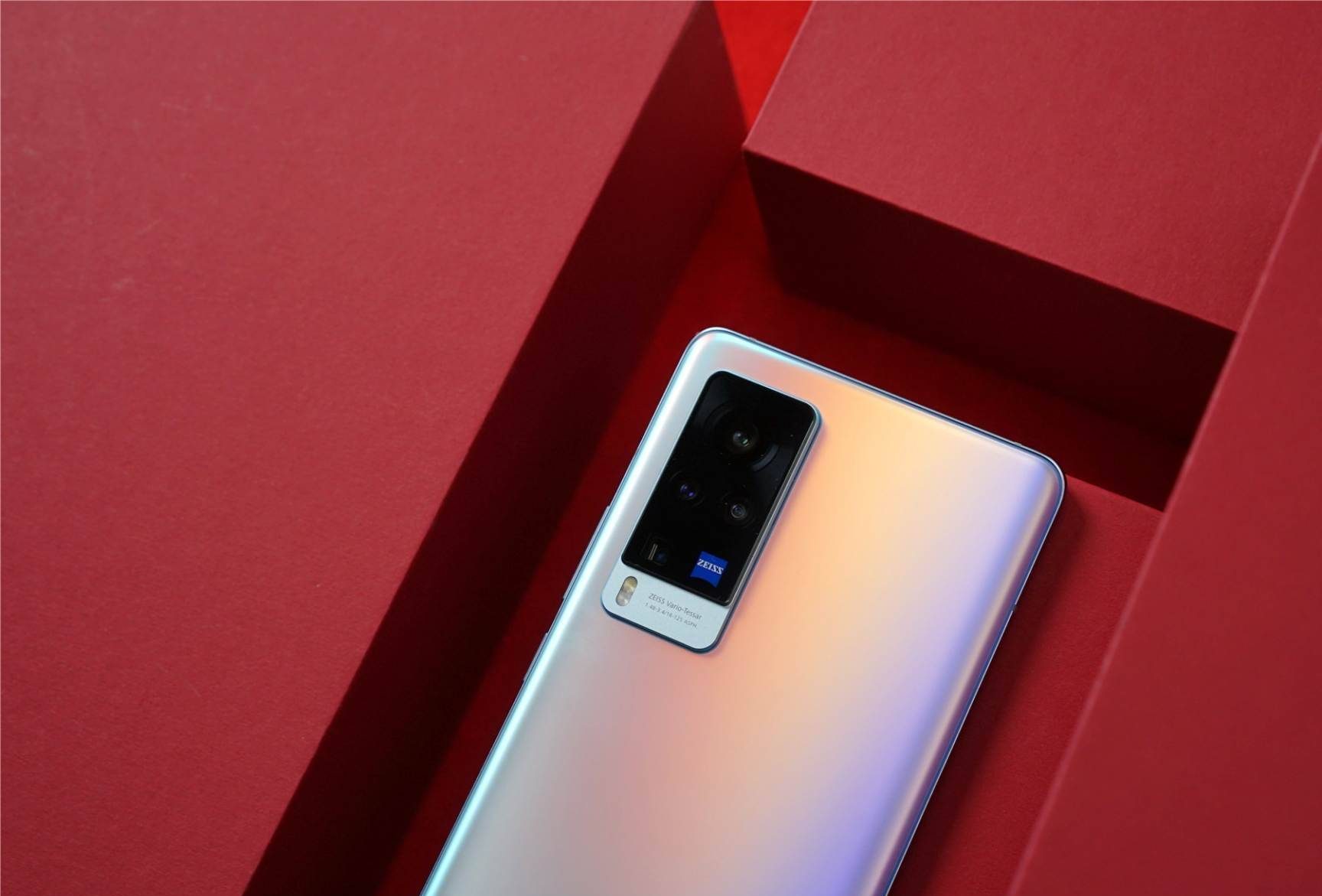
The front of the vivo X60 Pro uses a 6.56-inch AMOLED dual micro-flexible curved screen with a resolution of 2376*1080 and supports HDR10+. Compared with the previous generation product, the refresh rate has been increased from 90Hz to 120Hz, the sampling rate has been increased to 240Hz, and the front camera opening has also moved from the left to the middle of the screen.
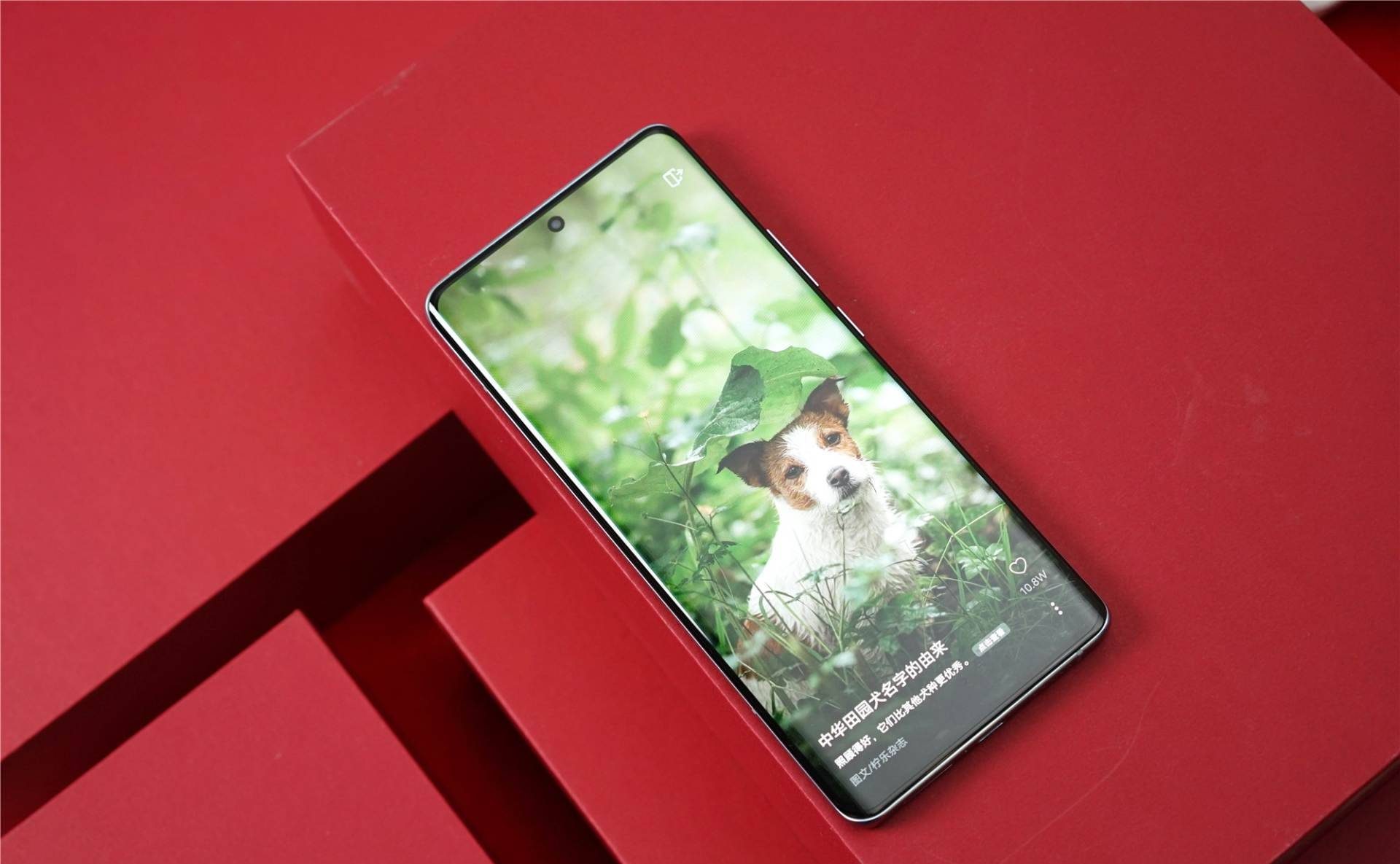
Hardware: performance takes off again
In terms of hardware, the vivo X60 Pro is equipped with Samsung’s 5nm process Exynos 1080 chip. This processor uses a 1+3+4 eight-core design, which reduces power consumption by 30% and improves performance by 14% compared to Samsung’s previous generation of 8nm process processors. Using ARM’s new A78 architecture, equipped with Mali-G78 GPU, graphics performance has increased by 25% compared to the previous generation. In addition, this processor also integrates the latest high-speed wireless connection protocols such as dual-mode 5G, Bluetooth 5.2, and WiFi6.
From the perspective of the Internet and the overall performance of the processor, Samsung’s processor is benchmarked against the Snapdragon 865 processor. Look at the test of Master Lu (on the left is the performance score of the previous generation X50 Pro, and on the right is the performance score of the X60 Pro in this evaluation). The X60 Pro scored 822,959 points in the performance evaluation of Master Lu. Currently, the performance of the mobile phone is ranked 12th, and the performance score is basically at the same level as several flagship phones equipped with the Snapdragon 865 processor. Compared with the previous generation of X50 Pro using the Snapdragon 765G processor, the score is almost 500,000 points higher.

OriginOS: Significantly improved perception
This time, vivo X60 Pro is equipped with a new OriginOS system based on Android 11. It introduces the concept of a new desktop architecture system “Huarong Grid” and atomic components for the first time, and achieves visual and operational improvements by rearranging desktop elements. However, in terms of the actual experience of the host, OriginOS has improved the sensory effect more obviously, but for users who are already accustomed to the traditional Android 1:1 ratio icons and operating procedures, it is estimated that OriginOS will be a bit unaccustomed to the first time. Increasing the cost of learning, of course, this is also an inevitable problem on the road to innovation.


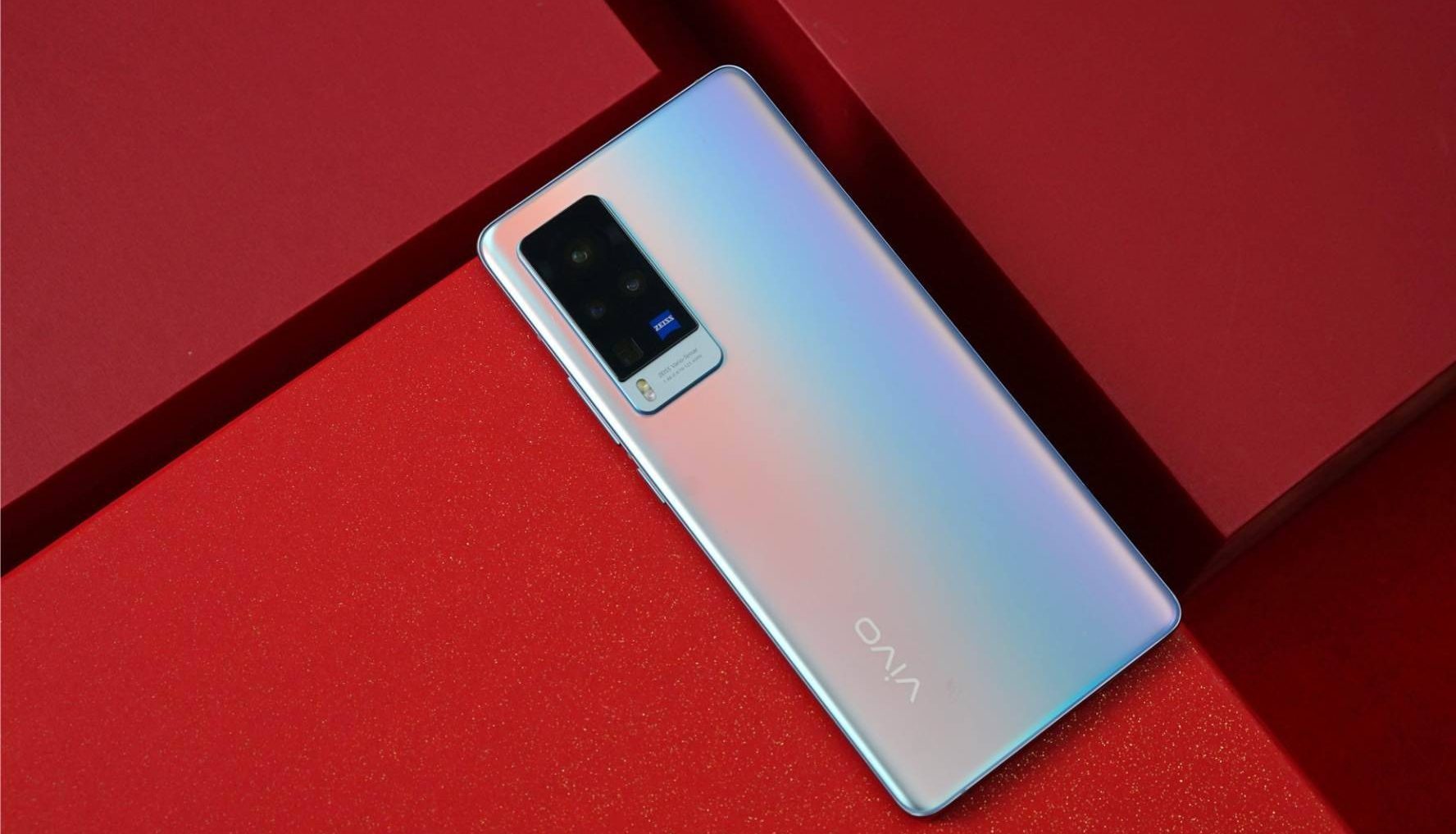
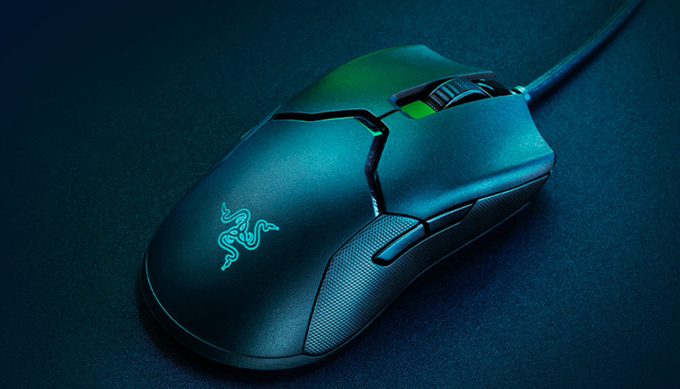


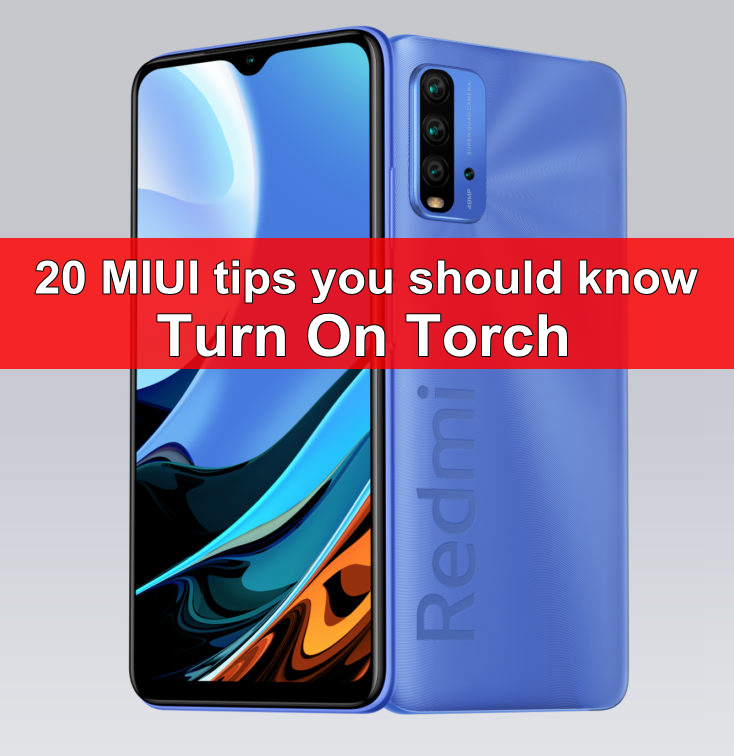
name one non-Vivo phone that has gimbal stabilization. I’ll wait.
This one is something different, this vivo has samsung’ exynos 1080. If you understand btw ~
The benchmark and the price of this vivo may surprising tho.
Because of the gimbal ois
the antutu testing of X60 Pro is 620.000.
the camera also improved by Zeiss.
And this cost 560 EUR.
This device is good and new mid-tier exynos is excellent.
This design was first released by Vivo only. V20 has almost the same design(but no of cameras different) and was released before the MI10t. So not Vivo, Xiaomi is the copycat.
An IP rating doesn’t do much anyway, it just guarantees it. The OnePlus 7 Pro had no IP rating but it survived just fine in Dave2D’s review of the phone. A phone with no official IP rating can still survive a drop in water or a mild splash.
But this fact doesn’t entitle anybody to claim that Vivo is a copycat. Vivo is the first to use this design in their X50 series, then Xiaomi “stole” it for their so-called T series.
The difference between full HD and quad HD is barely noticeable so it wouldn’t really matter
X50 Pro+ still better than this. Only upgrade is the chipest (sd865 vs exynos1080). So idk. We must wait for real upgrade, which will be X60 Pro+.
its because of it processor which processes the image btw the camera sensor is made by Samsung.. LOL🤣🤣🤣
Vivo X50……X50 pro
was (((33W)))
just like
Vivo X30…….X30 pro
& also just like
Vivo X60….X60 pro
X50 pro+….44W
i think price of X60 series will drop, earlier than ever
cheap phones like
Realme V15…6/128…216$
Realme X7….6/128….278$
they have 50W & 65W charger
X60…. 8/128 = 541$
X60 pro…12/256 = 695$
they just have 33W charger !!?!!!!!?!
so weird🤔
X50 Pro = 65W
X50 Pro+ = 44W
X30 = 33W
X30 Pro = 33W
X60 Pro+ need @ least 90W…maybe new 200Mp samsung too😉
x60 pro+ will have SD888
Only snapdragon if not the android phone is pretty useless unless its low price range.
Waiting for SD888 (Basically is SD875)
The difference won’t be that much, honestly. They prolly take an hour or less to fully charge and it’s already fast. It’ll be blatantly visible if it’s compared to a 120w charger.
The Exynos 1080 beats the Snapdragon 865+ in most aspects.
Iphones cost a lot but support 20W power bricks
Actually in Italian is Scirocco. One R